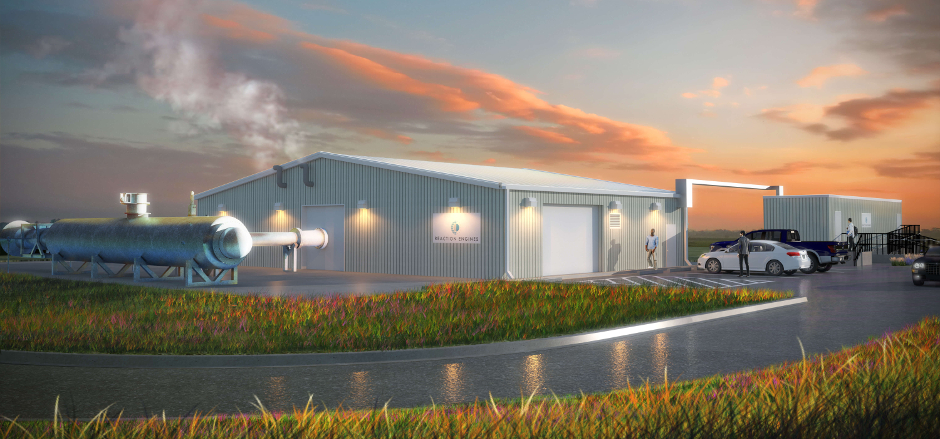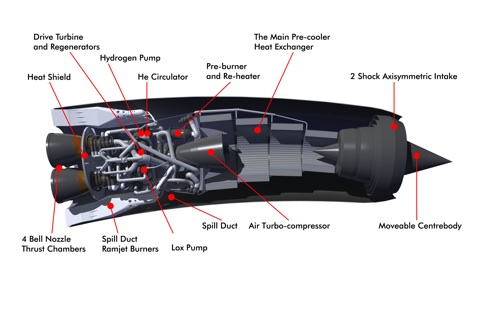
Located at the Front Range Airport near Watkins, Colorado, Reaction Engines’ test facility will be capable of exposing the pre-cooler test article (HTX) to high-temperature airflow conditions in excess of 1800°F (1000°C) that are expected during high-speed flights up to Mach 5.
Reaction Engines recently received a contract award from the US Defense Advanced Research Projects Agency (DARPA) to conduct the HTX tests, which follow successful testing of the pre-cooler heat exchanger at ambient temperature conditions.
“This new test facility shows our commitment to rapidly prove our pre-cooler technology in the most compelling test campaign possible,” said Dr. Adam Dissel, President of Reaction Engines. “The facility’s ability to deliver controlled temperature profiles over flight-like run durations at significant airflow represents a unique capability that can fill additional testing demand beyond HTX.”

The project is an additional investment by Reaction Engines into ground test facilities. The company said it is ‘progressing rapidly’ on the previously announced TF1 engine test facility in the United Kingdom where the first ground-based demonstration of its SABRE air-breathing rocket engine will take place.
Dubbed TF2, the Colorado test facility consists of a test building and a control room located on the east side of the Front Range Airport. The hot air for the testing will be provided by a modified afterburning jet engine configured to produce varying flowrates and temperatures.
“We are tremendously excited that Reaction Engines is locating their new engine test facility here at Front Range Airport and, as the future site of Spaceport Colorado, the linkages between high-speed aviation uses and the commercial space applications for this new technology are a perfect fit,” said Dave Ruppel, Front Range Airport Director.
Once TF2 achieves full operations, and following the completion of HTX testing, the company plans to make the facility available to industry, technology developers, and universities.





Red Bull makes hydrogen fuel cell play with AVL
Formula 1 is an anachronistic anomaly where its only cutting edge is in engine development. The rules prohibit any real innovation and there would be...